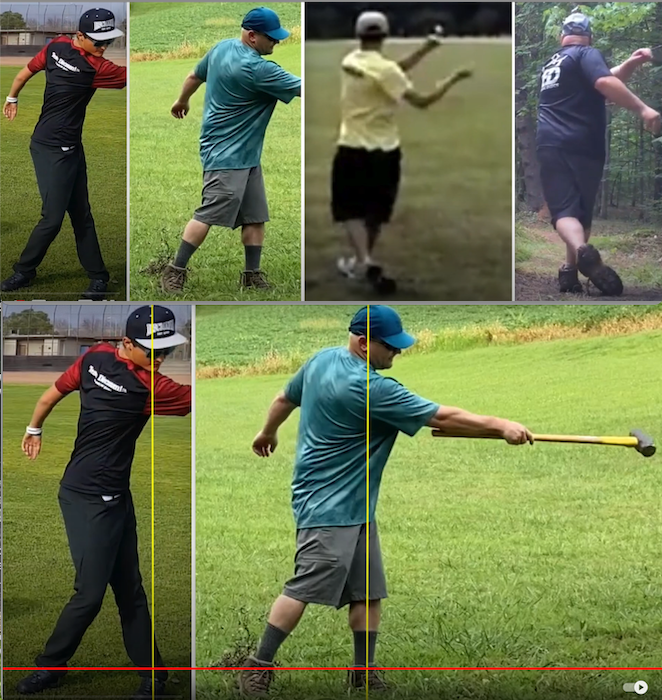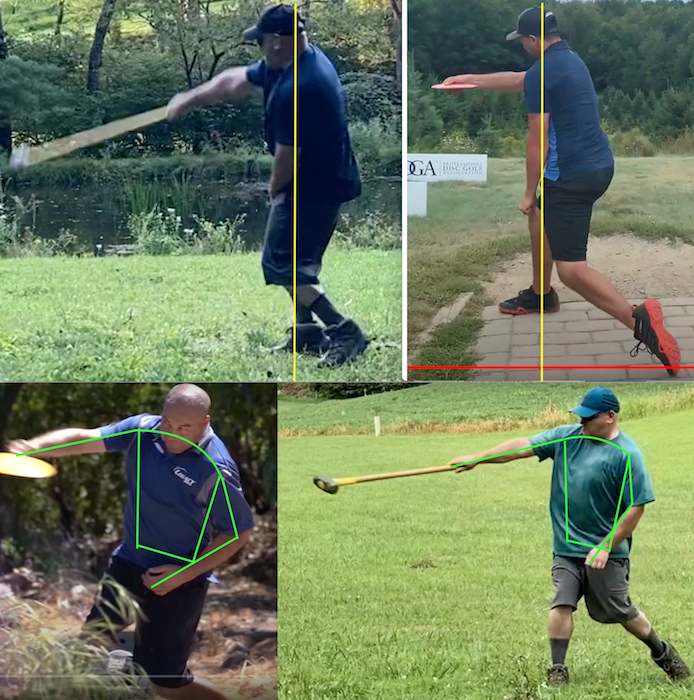It is often said on here that you need to trick your body into throwing the disc as if it is heavy. People even advocate throwing hammers or medicine balls in order to feel how your body leverages against a heavier weight. Has anyone ever tried training with an actual disc made of metal? Do folks think that this would provide any advantage over just throwing a hammer?
I ask because, with online machine shops these days, it would be pretty easy to make this happen. I just 3D modeled an approximation of my Destroyer, and if I could find enough interested people on here to split a "bulk" order of 10 or 20, then we could all have our own metal disc for as low as $50.
20 aluminum discs, each weighing 383 grams, would come out to ~$50 each (with tax and shipping to my house).
10 of those same discs would come out to ~80$ each.
20 stainless steel discs, each weighing 1137 grams, would come out to ~90$ each.
10 of those same discs would come out to ~140$ each.
I'm in the suburbs north of Philadelphia (18966). If you're nearby (or willing to pay for shipping from my area) and might be interested in splitting an order for something like this, then let me know. The higher the quantity, the lower the price per item, so if there's a large number of interested people then it could get pretty cheap. If it might be a significant help in my form development, then I could see myself going in for something like this if price can be kept below $100.
Those of you who have benefited from throwing hammers: do you think a literal "heavy disc" would be a useful training aid? What would be an ideal weight? Weights could be varied from the above stated weights by changing the thickness of the flight plate.
I ask because, with online machine shops these days, it would be pretty easy to make this happen. I just 3D modeled an approximation of my Destroyer, and if I could find enough interested people on here to split a "bulk" order of 10 or 20, then we could all have our own metal disc for as low as $50.
20 aluminum discs, each weighing 383 grams, would come out to ~$50 each (with tax and shipping to my house).
10 of those same discs would come out to ~80$ each.
20 stainless steel discs, each weighing 1137 grams, would come out to ~90$ each.
10 of those same discs would come out to ~140$ each.
I'm in the suburbs north of Philadelphia (18966). If you're nearby (or willing to pay for shipping from my area) and might be interested in splitting an order for something like this, then let me know. The higher the quantity, the lower the price per item, so if there's a large number of interested people then it could get pretty cheap. If it might be a significant help in my form development, then I could see myself going in for something like this if price can be kept below $100.
Those of you who have benefited from throwing hammers: do you think a literal "heavy disc" would be a useful training aid? What would be an ideal weight? Weights could be varied from the above stated weights by changing the thickness of the flight plate.

